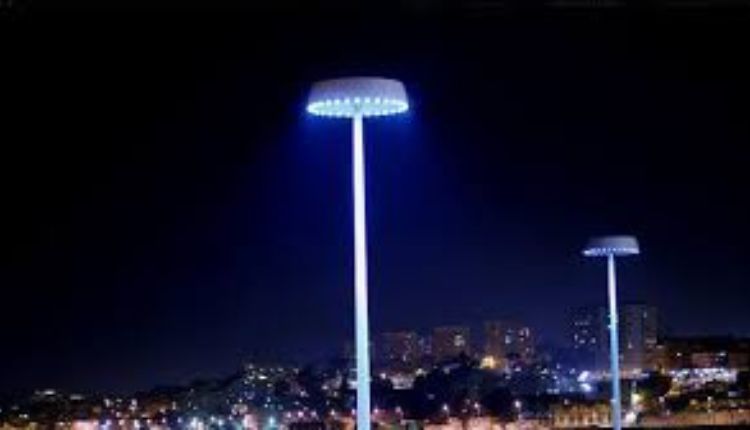In an era where technology is omnipresent, the integration of smart solutions into urban infrastructure has become imperative. Smart Poles, a technological marvel, are reshaping cities, making them more efficient, sustainable, and safer for residents. This article delves deep into the world of Smart Poles, exploring their features, benefits, applications, and the transformative impact they have on urban landscapes.
Smart Pole: The Future of Urban Infrastructure
Smart Poles, also known as intelligent light poles, are next-generation streetlights equipped with advanced technologies to enhance urban living. These multifunctional poles serve as the backbone of smart cities, integrating various IoT (Internet of Things) devices and sensors to collect data and provide essential services.
Evolution of Street Lighting
Street lighting has evolved significantly over the years. From traditional incandescent lamps to energy-efficient LEDs, the journey has been remarkable. Smart Poles represent the latest evolution, incorporating cutting-edge technology to offer more than just illumination.
Components of a Smart Pole
A typical Smart Pole consists of several components, each serving a specific purpose:
LED Lighting
LED luminaires are the primary lighting source in Smart Poles. These energy-efficient lights provide better illumination while consuming less power than traditional lighting systems.
Sensors
Smart Poles are equipped with various sensors, including motion sensors, environmental sensors, and surveillance cameras. These sensors collect data to monitor traffic, air quality, weather conditions, and more, helping cities make informed decisions.
Communication Equipment
Smart Poles serve as communication hubs, hosting equipment for Wi-Fi, cellular, and other wireless technologies. This infrastructure enhances connectivity in urban areas, providing high-speed internet access to residents and businesses.
Electric Vehicle (EV) Charging Stations
Some Smart Poles feature built-in electric vehicle charging stations, promoting the adoption of electric vehicles and reducing greenhouse gas emissions.
Digital Signage
Digital displays on Smart Poles can be used for advertising, public announcements, emergency alerts, and wayfinding, enhancing communication in urban environments.
Benefits of Smart Poles
The integration of Smart Poles offers a wide range of benefits for cities, including:
- Energy Efficiency: LED lighting and smart controls reduce energy consumption and operational costs.
- Improved Safety: Surveillance cameras and motion sensors enhance security and deter crime.
- Environmental Sustainability: Environmental sensors help monitor air quality, reduce pollution, and mitigate the urban heat island effect.
- Enhanced Connectivity: Wi-Fi and cellular equipment provide high-speed internet access, improving connectivity for residents and businesses.
- Traffic Management: Data collected from sensors enables real-time traffic monitoring and optimization, reducing congestion and improving road safety.
- Support for IoT Devices: Smart Poles serve as a platform for integrating various IoT devices and applications, enabling innovative smart city solutions.
Applications of Smart Poles
Smart Poles have a wide range of applications in urban environments, including:
- Smart Lighting: Adjustable LED lighting with motion sensors improves visibility and reduces energy consumption.
- Traffic Management: Real-time data collection and analysis help optimize traffic flow and reduce congestion.
- Environmental Monitoring: Sensors measure air quality, temperature, humidity, and other environmental parameters to improve public health and safety.
- Security and Surveillance: Integrated cameras and sensors enhance security by monitoring public spaces and detecting suspicious activities.
- Digital Signage: Digital displays provide information, advertising, and emergency alerts to residents and visitors.
- Connectivity: Wi-Fi and cellular equipment provide high-speed internet access, supporting communication and connectivity in urban areas.
Future Trends and Innovations
The future of Smart Poles is filled with exciting possibilities. Innovations such as 5G connectivity, renewable energy integration, and autonomous vehicle infrastructure are expected to further enhance the capabilities of Smart Poles, making cities smarter, safer, and more sustainable.
Conclusion
Smart Poles are revolutionizing urban infrastructure, offering a wide range of benefits and applications for cities. From energy efficiency and improved safety to environmental sustainability and enhanced connectivity, Smart Poles are shaping the cities of tomorrow. With ongoing innovations and advancements, the future of Smart Poles looks brighter than ever.

